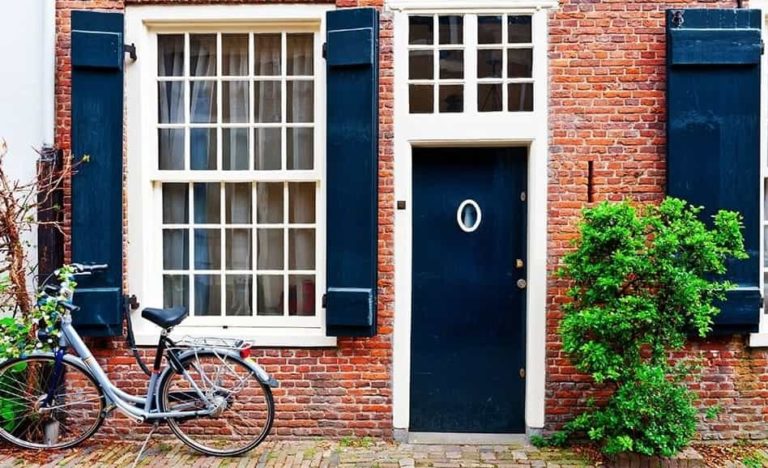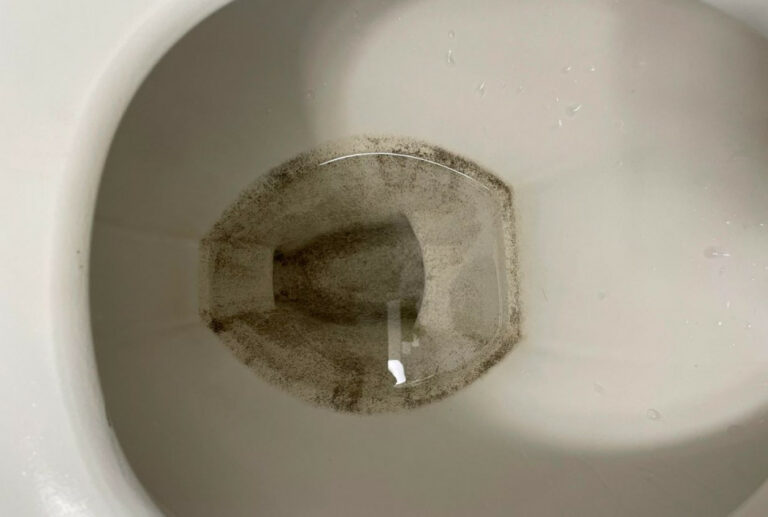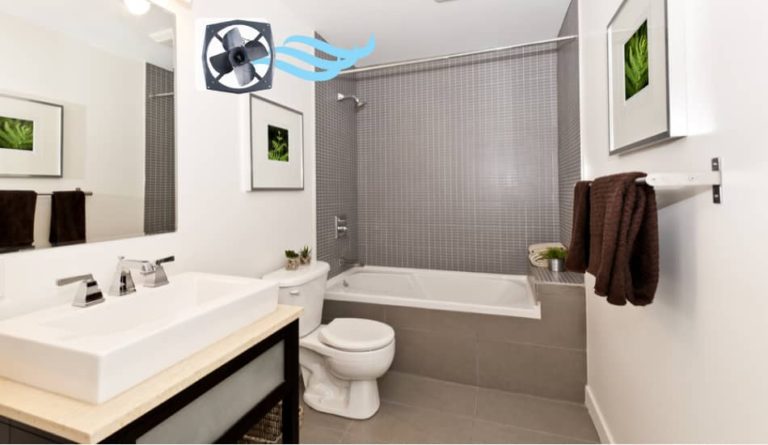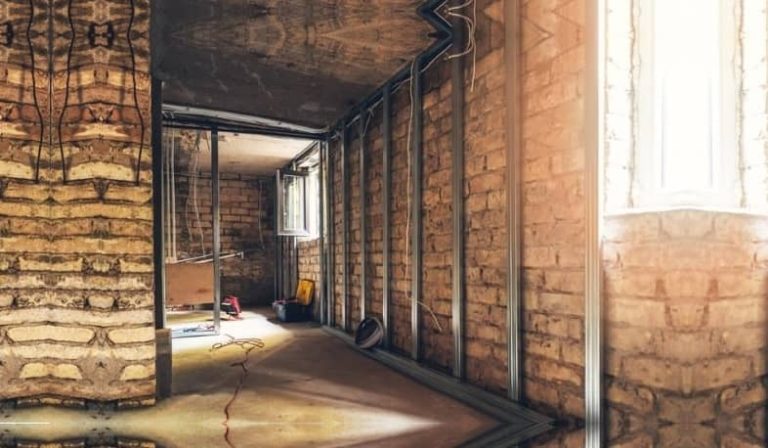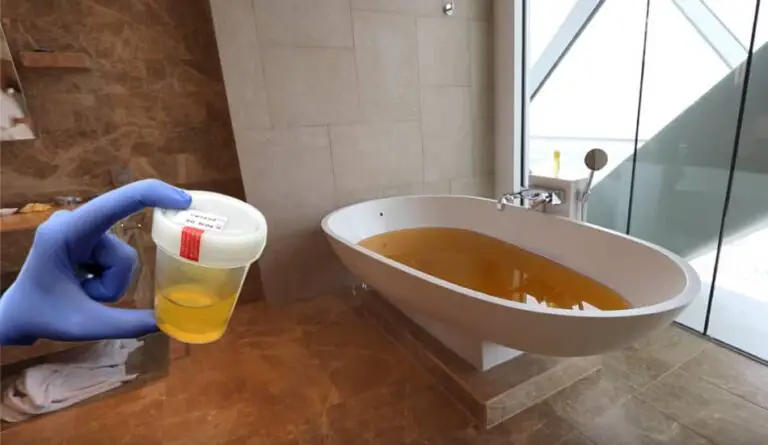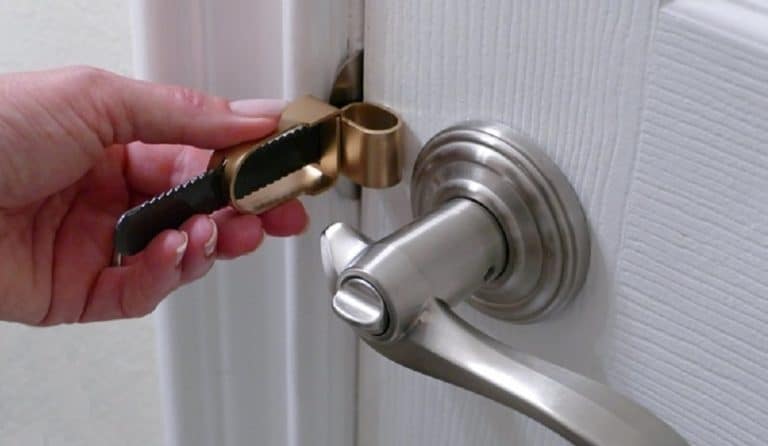Shower Leaks Behind the Wall: How to Fix Them in 7 Steps
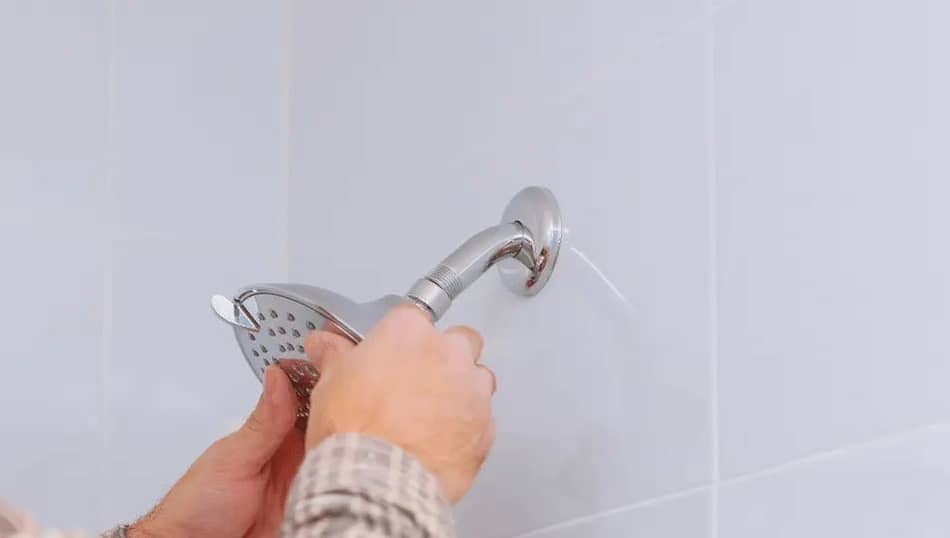
If you are buying an older home, you should be aware that it will probably need some repairing, which you may not realize at first. House owning, in general, means that you are obliged to take care of it. One of the issues you could have is a leaking shower which can cause serious damage to your walls. When your shower leaking behind wall is also connected with a high water bill that you probably do not want.
The worst leaks that can happen are the ones that you can not see. These are the leaks that that can damage your home seriously. In case you are having those hidden problems, we have several tips that will quickly and easily help you to fix the issue yourself and avoid any more unwanted costs.
If you are not so confident in yourself and are scared of handling this situation on your own, we advise you to contact the nearest plumbing service and seek an extra hand. This is the job that they are trained to do and this particular damage can be a little tricky.
Table of Contents
How to Fix Shower Leaks Behind the Wall?
So How to Fix Shower Leaks Behind the Wall? To fix the shower leak behind the wall, use a wire brush to clean the old joint. Before you start, threads must be clean and dry. Make sure to wrap the threads by using Teflon plumbing tape, and to put back the arm into the water pipe joint. Older shower pipe after years of use yellows and cracks.
We will explain everything in more detail below, so keep reading.
7 Steps To Fix Shower Leaking Behind Wall
1. Signs Of a Shower Leaking Behind Wall
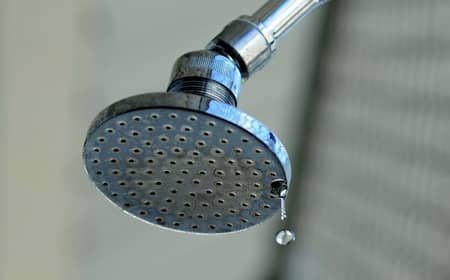
A leaking shower may be easy to spot but a shower that leaks behind the wall causes very well hidden damage. This problem is often found when it is too late and when you get an enormously high water bill.
Some of the evidence that may point to the shower leakage is the dripping of water, especially if your shower is above the basement. It may be hard to spot the water because it has the ability to move around, making it hard to find its beginning.
When the shower valve leaks behind the wall, they are usually pinhole leaks that happen because of an improper valve. Those leaks can also be from sloppily-made soldering that connects the water to the valve. If these leaks occur in a bathroom that is positioned upstairs, you will probably see dried stains of water on the ceiling or even water dripping from this ceiling that is directly below your shower. Mostly these leaks happen slowly.
You can also recognize the leak by the fact that mostly the drywall or the tile in front of the valve becomes spongy to the touch due to the constant splashing of water from the place where the shower is leaking. There is a possibility that something like this happened due to the joint wearing off or a mistake that occurred in the casting process.
You may also want to know, How a Bathtub Works? | Plumbing & Drain System.
2. Detect Where Your Shower Is Leaking
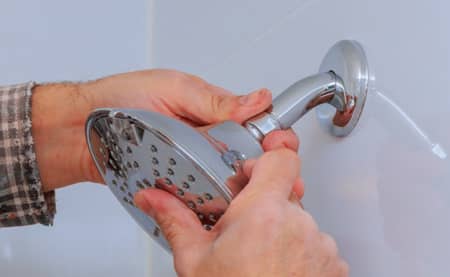
If the leak is happening behind the wall you should do one of these two things to spot it.
- To see the room you have left around the valve and its connections, and also to check these connections, you will need to perform the removal of the shower plate.
- It would be ideal to perform a removal of the small portion of the wall positioned behind your valve for future inspecting of it and its piping.
Some people who had these problems themselves tend to install the access panel for easy access to the water pipes that are connected to the tub and shower. These panels are positioned in the wall that is behind the shower, and you can’t find them in most houses. If you do not have it you will need to cut a small portion of the wall to be able to see the connections. This is repaired easily but can make serious damage and expenses if it is not done on time.
3. Cut an Inspection Window
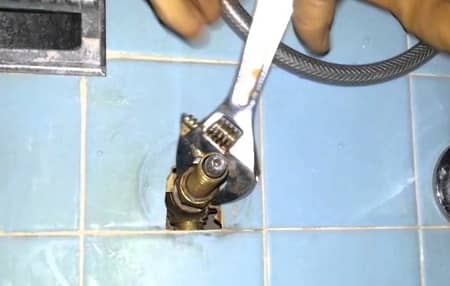
To see where you need to cut the wall to create a window, you will need to locate the studs with a stud finder. It is useful to know that most of these studs are one on every 16″ center to center if you do not have them. When you approximately locate the stud, start knocking on the wall, and you will hear a different sound from the one that drywall usually makes.
Most showers have only two studs in the middle with the valve for securing it because a big number of showers are not big enough to have them in the right spot.
A square that is ideal for seeing the shower pipes is the 10×8 inch one. Using a reciprocating saw, cut the square of these dimensions and use a flashlight for a better view for inspection.
4. Look For Signs of Leaking
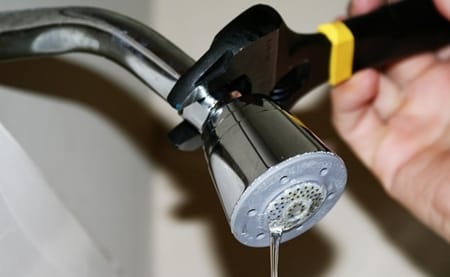
When searching for a sign of shower leaks, you should pay attention to the water stains. Those stains are below the tub drain. Make sure that the drain leaks by letting a little water run in the shower. You should also inspect the copper pipes for water or any unusual color that may occur from oxidation (green or white). This can be harder to spot if you have PEX.
5. Turn on the Shower
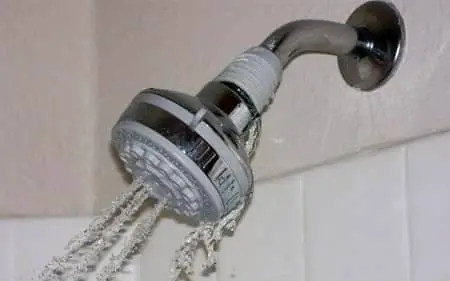
Most houses have a shower valve installed from the front side with it being hardly accessible from the back. When you turn the water on, you will be able to see leaking behind the wall on the valve or the piping.
When the water is on, you should look for any signs of a leak. That may be really hard to spot since the leak can only be in small drops around the piping. You will know that you found your source of a leak when you can feel wetness on the water pipes joints. Bring your flashlight in case of a smaller, hard-to-spot leak.
The source of the leak may be on the shower valve or arm (the pipe that goes to the shower head). In this step, you can help yourself with a flashlight for easier access to the access window.
6. Fix a Leaking Shower Arm
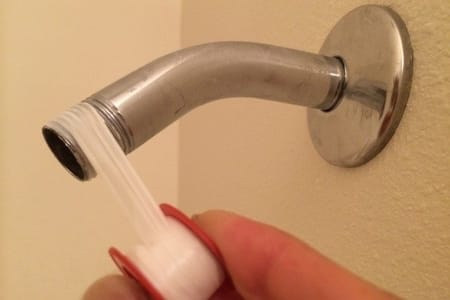
The shower arm leak is easy to fix if this was a source of your behind-the-wall leak. It would be best to start with removing the escutcheon (a circular metal plate that surrounds the shower arm). This is only for decoration and can be either split or solid. If it is solid, you will need to unscrew the showerhead to be able to take off the cover. Split escutcheons allow you to take them off without removing the showerhead.
Your shower arm may leak because of not being tightly screwed or its treads not being rightly sealed. The shower arm will need a further inspection in order to discover the issue.
Next, you will need to clean and dry the threads while cleaning off the joint compound. For the cleaning, you will need a wire brush and, for the threads, a Teflon plumbing tape that you should wrap around the threads. Those items can be found in a hardware store or on Amazon. After this, you can put the shower arm back in the water pipe joint and tightly screw it.
You can use a Teflon pipe dope that will keep your pipe safe from turning yellow or cracking. If you buy a bottle with an integral brush, you will need to brush the threads so that they are fully and evenly covered and screw everything in place.
7. Fix a Leaking Shower Valve
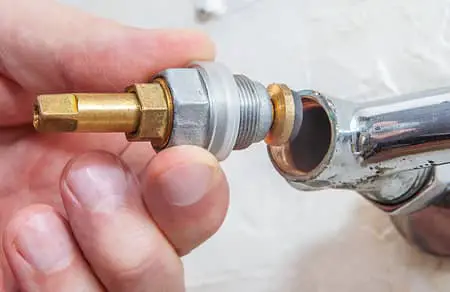
A leaking shower valve issue can be a little bit harder to fix than the shower arm leak. In the shower valve, the cold and hot water are mixing for you to have the water of different temperatures.
Most brands use a pull-type stop on the tub spout method when performing the valve installation. Hot and cold water goes in so the showerhead and your shower can be filled with mixed water. This can differ if your valve is diverted to direct the water in different directions.
If the leak source is in the valve stem, it is easier to fix while you only need the cartridge replacement. For that, you need to turn off the water. If the valve body leaks, you will need to cut out the valve and replace it while being careful to cut far enough. This is because you need to piece in the shower valve with a repair coupling. In case you are using PEX, you do not need to do it that precisely.
To better understand how your home system works, read this article, Plumbing Vent Diagram: How to Properly Vent Your Pipes.
The Signs of a Hidden Shower Leak
A hidden shower leak may be tricky to spot but when your bathroom smells moldy and wet, you should know that there may be a secret leak. This smell is hard to get rid of and can be followed by moldy spots all over the room. These damp spots indicate a shower leak but do not follow them when looking for its source. Water travels in various directions and sometimes spots on the different sides of the actual leak source can be a sign of it.
The Dangers of a Hidden Shower Leak
Many dangers are hidden together with the hidden shower leak and maybe the biggest of them is mold or mildew. It can seriously damage your health and it builds up fast and easy on the drywall. Sometimes you maybe do not see it but a buildup can be present behind the walls.
You will probably need to replace drywall and get fungicides treatment of the bathroom to eliminate mold growth and spores completely. It is easy for the mold to grow because drywall contains cellulose that, paired with water, feeds it.
Different but dangerous damage can be the rotting of wooden support fixtures behind the wall. This brings roaches and termites that will, even more, damage your home. When repairing a shower leak, you should check for your wooden structures too.
How Much Damage Can a Leak Cause?
A simple shower leak can lead to serious damage to the materials that your house consists of. It can cause so much damage because, if it is hidden, it can go unnoticed for a longer period of time. Many pipes are positioned behind the wall and lead to deeper parts of your home, bringing the leaking water with them.
As said earlier, structures made of wood can be greatly damaged by a shower leak. This can only a licensed plumber solve and it is not recommended to risk greater damage by repairing it yourself. Sometimes you will need to invest a lot in repairs if your shower leaks for a longer period. The mold that can appear is not good for your health and for removing it, sometimes you will need to cut out a larger amount of your drywall.
Final Thoughts
It is important to detect a shower leak behind the wall as soon as possible to avoid big expenses. Sometimes you will need a plumber to solve your problems and sometimes you will be able to fix the issue on your own. With a shower valve leak, it is recommended to seek help while a shower arm leak can be an easy fix. All in all, calling a licensed plumber is never a bad idea when there is a hidden leak that may cause serious damage to your home.


